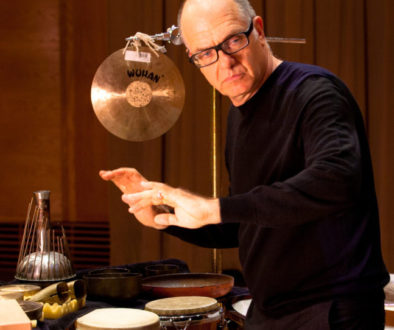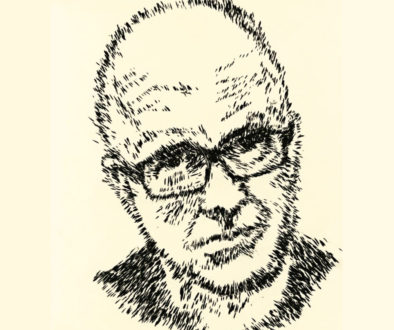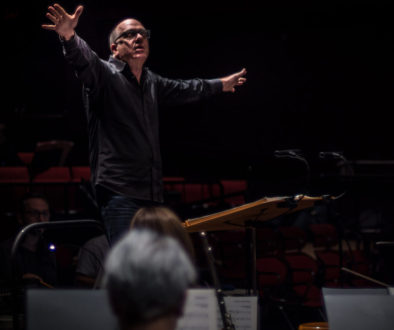Letters Inspire an Intertwining of Boulez and Cage
By Steve Smith, The New York Times
Originally published September 21, 2012; full text and original article visible here.
“The centenary of the great American avant-garde composer John Cage this year has brought a torrential outpouring of tribute concerts: a timely reaction that has been as welcome as it has been slightly bewildering, given Cage’s still-contentious status among a broad general audience. For new-music partisans, at least, the development has been an unbounded cornucopia. (Who would ever have imagined a year in which Cage oversaturation might threaten to set in?)
Presumably, an audience attracted to a concert in the Miller Theater’s always edifying Composer Portraits series, which focuses entirely on contemporary music, is one that would find most any Cage-related event appealing. Credit goes to the International Contemporary Ensemble (also known as ICE) for finding a new and illuminating context in which to position Cage, by juxtaposing his music with a benchmark serialist composition by Pierre Boulez, “Le Marteau Sans Maître” (“The Hammer Without a Master”), for its concert at Miller on Thursday evening.
Cage is remembered most widely for some of his dogma-flouting notions about what constitutes music, how it should be produced and whose volition — if anyone’s — should take precedence in the contract among a composer, a performer and a listener. Mr. Boulez could be viewed in some ways as Cage’s polar opposite: a composer for whom precision, exactitude and control are principal virtues.
The fascinating program was inspired by correspondence between Cage and Mr. Boulez from 1949 to 1954, when the two, newly met, were intrigued by each other’s compositional breakthroughs. As Cage moved away from rigor toward strategies of chance, the friendship cooled, ending while Mr. Boulez was writing “Le Marteau.”
Had ICE simply performed “Le Marteau” alongside the career-spanning selection of Cage compositions it presented on Thursday, the result would probably have been one of appreciating separate yet ostensibly equal approaches to making modern music. Instead, the works were fused in an almost seamless 80-minute sequence, with movements from “Le Marteau,” presented in their final order, alternating with pieces by Cage.
Now and then you still sensed connections between the two composers: chiefly, an interest in the potential of extreme instrumental techniques and a curiosity about non-Western modes of music-making, reflected in Mr. Boulez’s beguiling instrumentation and the propulsive rhythms of Cage’s percussion trio “Amores.”
But what was extraordinary about the unorthodox presentation was the complex, shifting range of responses it provoked. At the start of the program, after the herky-jerky contortions and steely reserve of Mr. Boulez’s “Avant ‘L’Artisanat Furieux,’ ” Cage’s “Music for Three” sounded like a necessary corrective: its lambent flute and pensive viola rich with implications of breath, emotion and stillness.
As the concert wore on, my responses veered sharply. After the anything-goes sensation of Cage’s “Radio Music” — admittedly in an account made dull through a lack of anything engaging being broadcast at the time — the sure hand of volition evident in Mr. Boulez’s “Après ‘L’Artisanat Furieux’ ” offered a welcome respite.
That shift, along with the notion of challenged expectations that it indicated, was surely the point of the program. Yet even as I contemplated my responses, I consistently admired the sterling work done by the musicians involved, including the conductor, Steven Schick, the ensemble’s first artist in residence this season.
Highlights that deserve mention include the virtuosic whimsy demonstrated by Jessica Aszodi, a mezzo-soprano, in Cage’s “Aria”; the tonal beauty and exacting technique shown by the flutist Eric Lamb in Cage’s Solo for flute from Concert for Piano and Orchestra; and the stardust-dappled constellation of sounds conjured during Cage’s “Atlas Eclipticalis” by the players onstage and guest musicians scattered throughout the darkened hall. Still, it was as a provocative whole that the concert made its strongest impact.”


